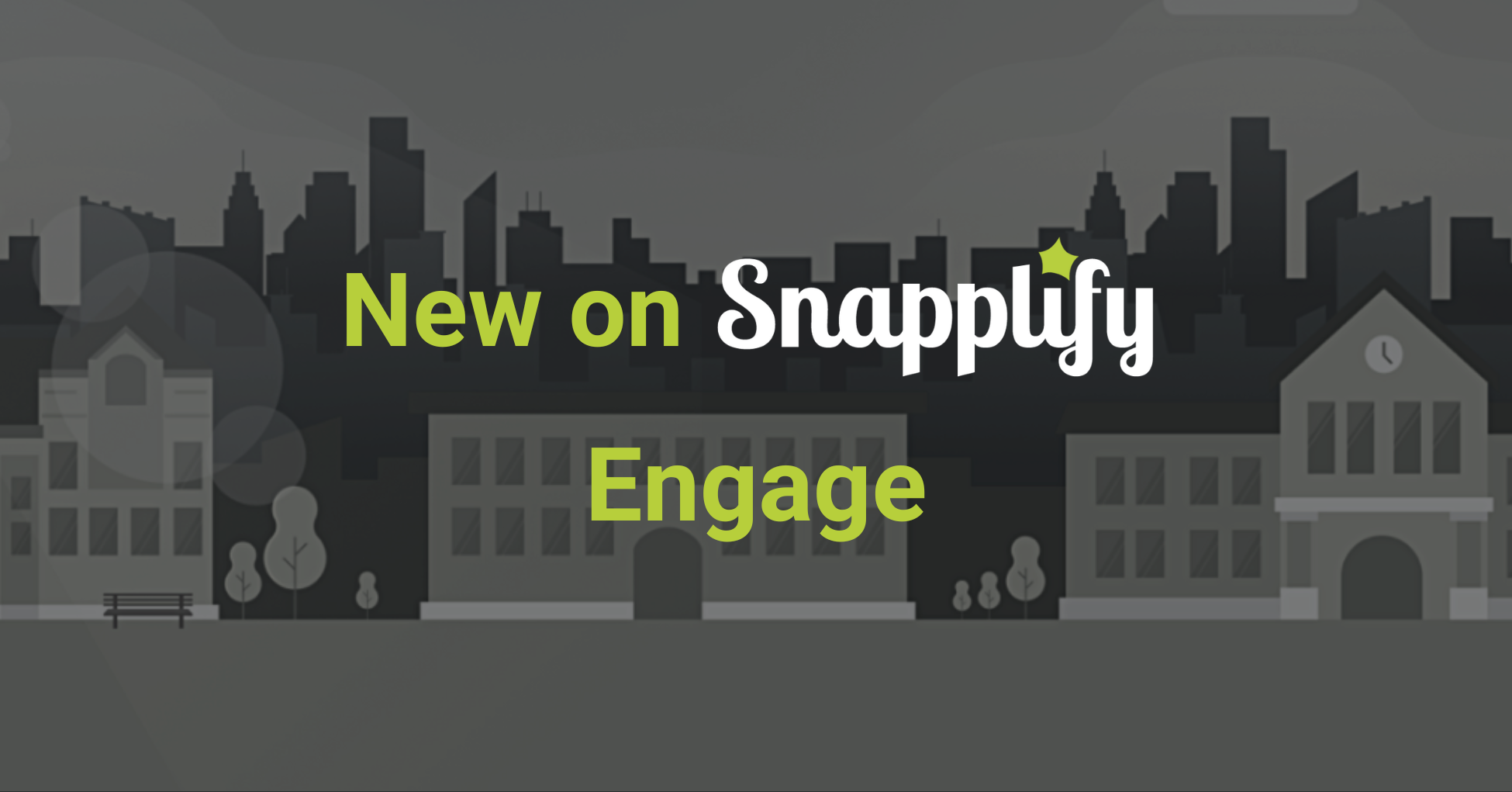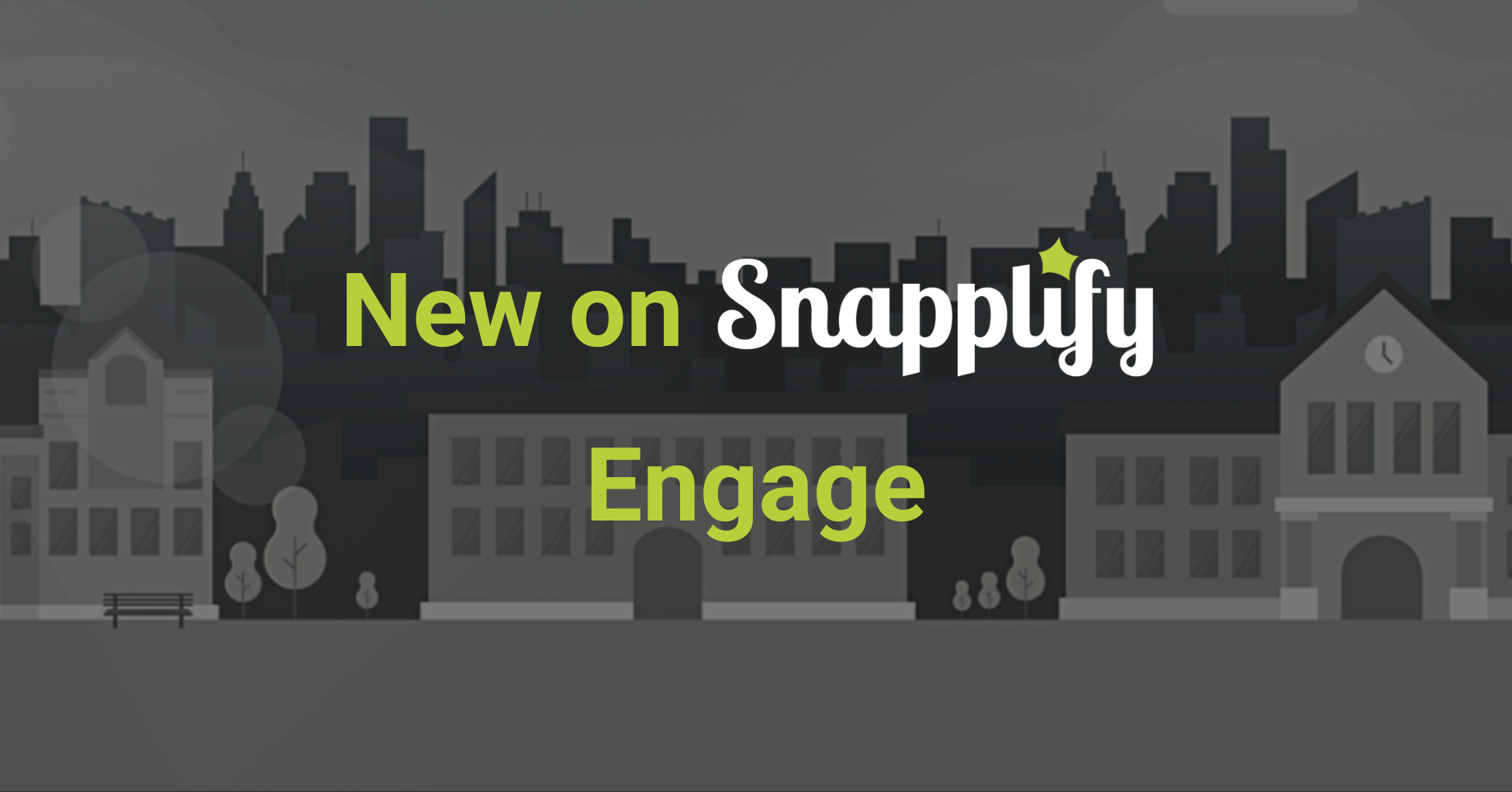Understanding emerging trends in classroom education‘Education is evolving at a faster pace than any other period in recent history. Because of this, it’s more important than ever to understand how and where it’s changing so that educators and schools can support students in preparing for challenges and careers that don’t exist today.’ – Google for Education ‘Future of the Classroom’ report
Compiled in collaboration with a global team of researchers and analysts, the ‘Future of the Classroom’ report outlines key trends influencing classroom education today. The dawn of the Fourth Industrial Revolution has been marked by unprecedented technological change – change which brings quality education within reach of those who may otherwise not have had access to this fundamental human right.
Leading global edtech company Snapplify has been an enthusiastic supporter of the digital education revolution, equipping thousands of schools across Africa with innovative e-learning solutions that suit a variety of needs unique to emerging market classrooms. Having worked closely with government stakeholders, and always striving for radical inclusion, Snapplify’s growth and development is aligned with global education goals and trends:
Life skills and workforce preparation
Research has shown that 21st-century skills (like critical thinking, creativity, collaboration, and communication) are as important to future job success as technical skills. As the Google for Education trends report notes, ‘Beyond tools and technology, students need to develop new skills to solve tough problems, collaborate effectively, and express ideas in new ways.’ Interestingly, research conducted in South African secondary schools discovered that ICT has major benefits for students, including:
- increased motivation
- increased active participation/ creativity
- improved knowledge and skills
- increased responsibility and self-esteem
- increased collaboration
Snapplify’s digital education solutions have been built to support the development of these key 21st-century skills. Not only is Snapplify Engage a collaborative e-learning platform, but the Snapplify Reader app also comes with academic features that allow for collaborative learning and easy communication between teachers and students.
Student-led learning
As educators aim to teach students to think creatively and independently, classrooms and curricula are being re-envisioned to promote autonomous learning. Technology has a big role to play here. Snapplify’s suite of digital education solutions not only facilitates independent study but provides parents and educators with the reassurance that students are accessing curated, quality content.
Many schools are using Snapplify’s e-learning solutions to re-envision pedagogical approaches in the classroom. Our Lady of Fatima Dominican Convent School (Durban, South Africa), for instance, have incorporated Snapplify’s digital library into students’ school projects to enhance learning and inspire curiosity. For one of these projects, individuals were required to check out an ebook from the digital library, read it, and then present an ebook review in vlog format.
Innovating pedagogy
Technology is helping educators to streamline their day-to-day tasks so that they can focus on teaching, and in turn, offer students an even better education. Knowing that teachers are often short on time, Snapplify has designed a simple procurement process that saves hours of manual work (and ensures that students have access to their e-textbooks immediately). Using Snapplify Engage, teachers can also share multimedia resource materials quickly and easily with students, while Snapplify Teacher Benefits brings free and discounted e-resources to teachers themselves, helping them to plan lessons, design classroom activities, and assign homework.
Another way that teachers can harness technology is with Snapplify Insights – an analytical tool that provides key data on student ebook usage. Equipped with this information, educators can feel empowered to analyse and adapt their pedagogical processes, develop strategic interventions for those who need it, and ultimately, ensure all students receive a world-class education.
Digital responsibility
As children engage with technology, and as more and more schools embrace digital learning, both parents and educators have acknowledged that young people need to be taught how to cultivate healthy, safe, and responsible relationships with technology. In the UK, for instance, 99% of teachers say that online safety should be part of the school curriculum. While students may be learning functional digital skills at school already, experts are also stressing the importance of digital citizenship and digital literacy. With this in mind, Snapplify encourages schools to practise and teach responsible use, both on campus and at home.
Digital education for everyone
While the digital revolution has opened up new avenues of learning, allowing more and more students to access their right to education, we are also on the cusp of a new era, where access to digital skills is also no longer a privilege – but a right. As we enter this new decade, digital education solutions like Snapplify’s are increasingly important – not just for giving educators and students the resources and tools they need to succeed in our ever-changing world, but specifically because they have been built to address challenges faced by emerging markets and thereby bridge the digital divide.
Email hello@snapplify.com to chat about your specific needs and how we can work together.


